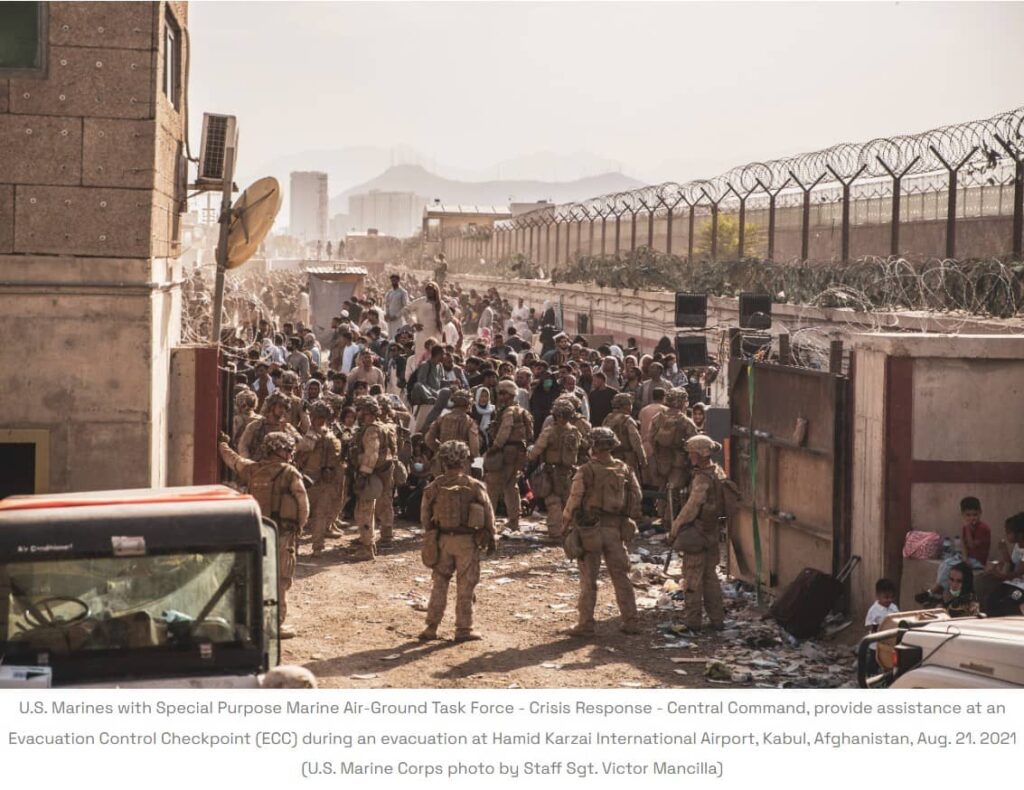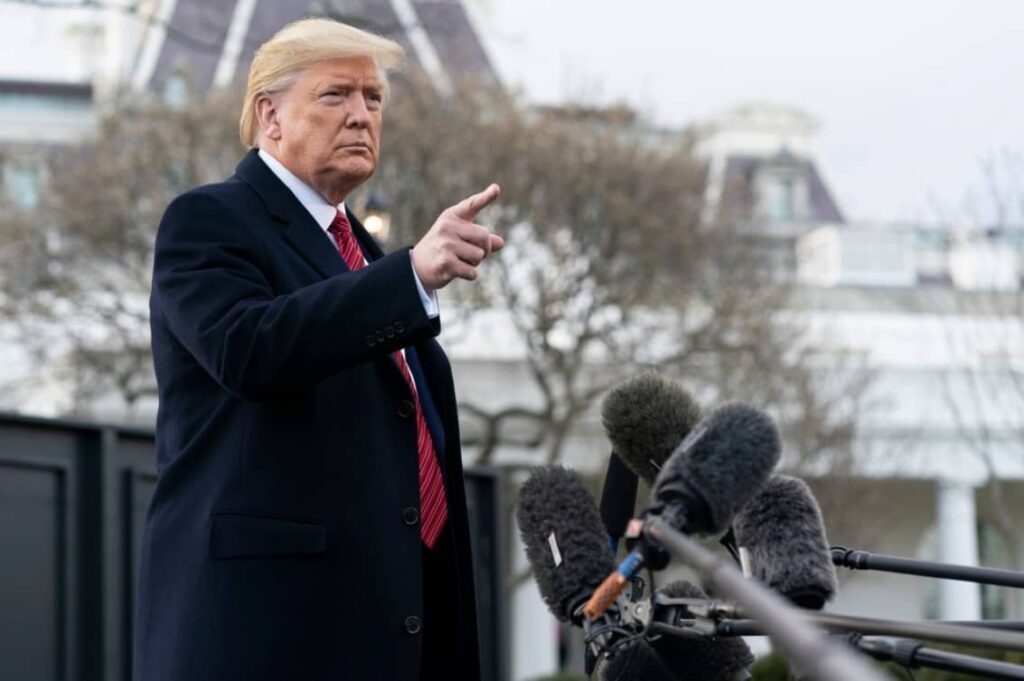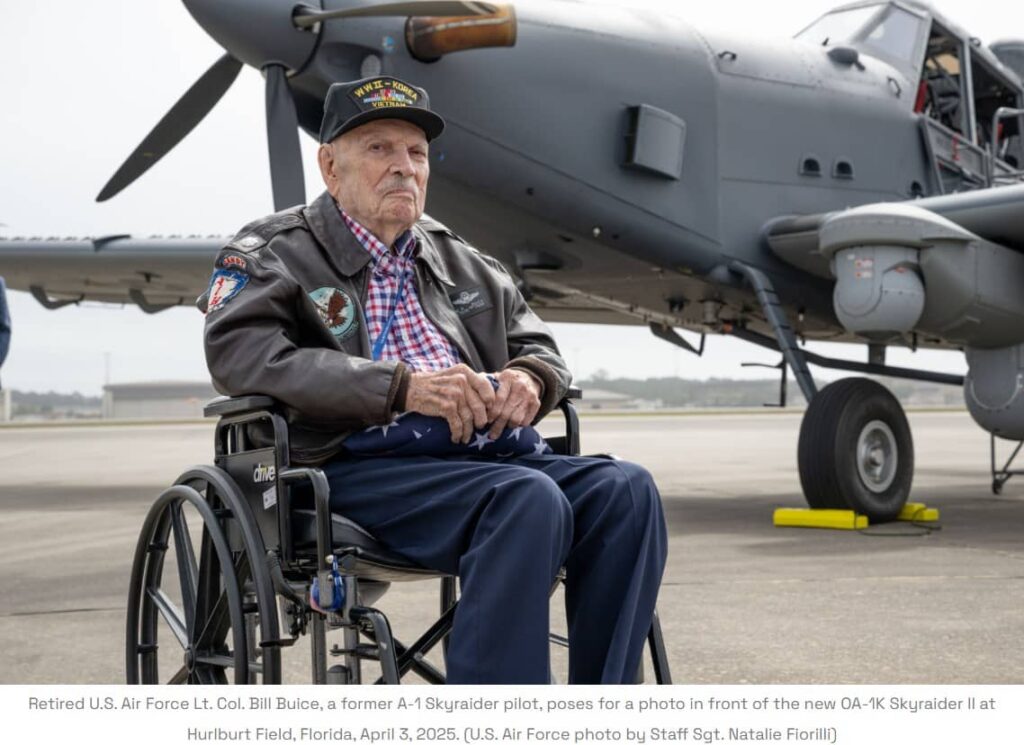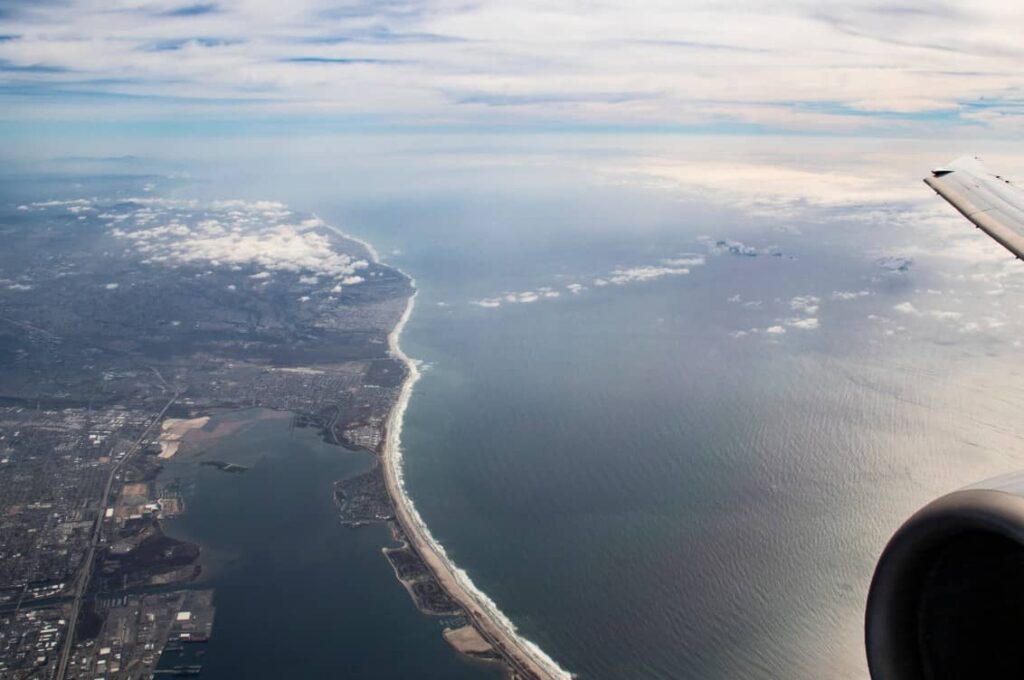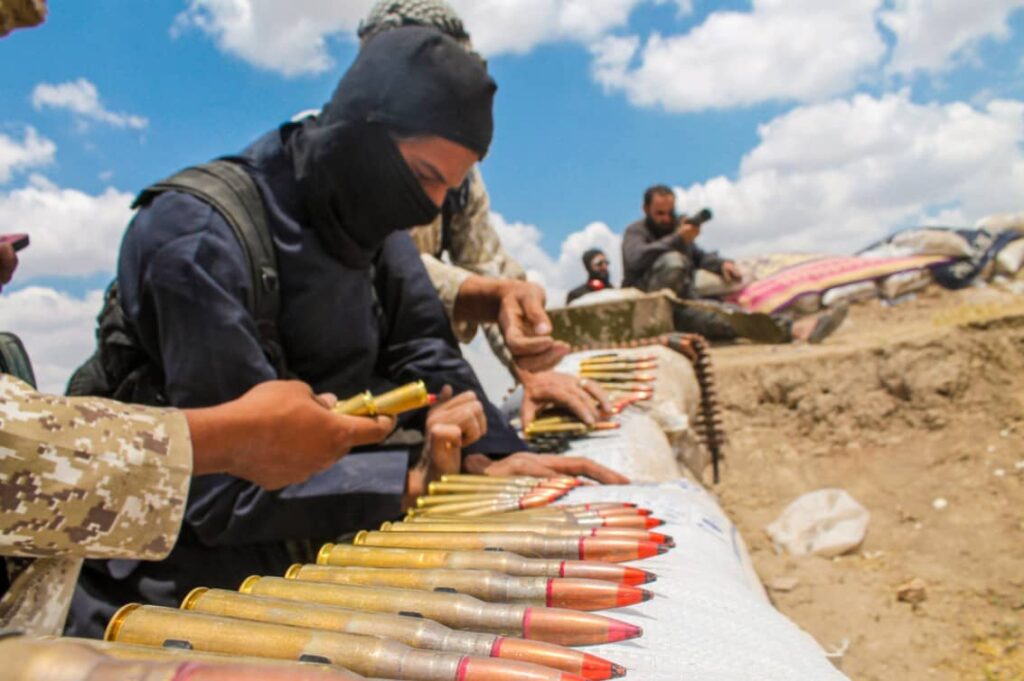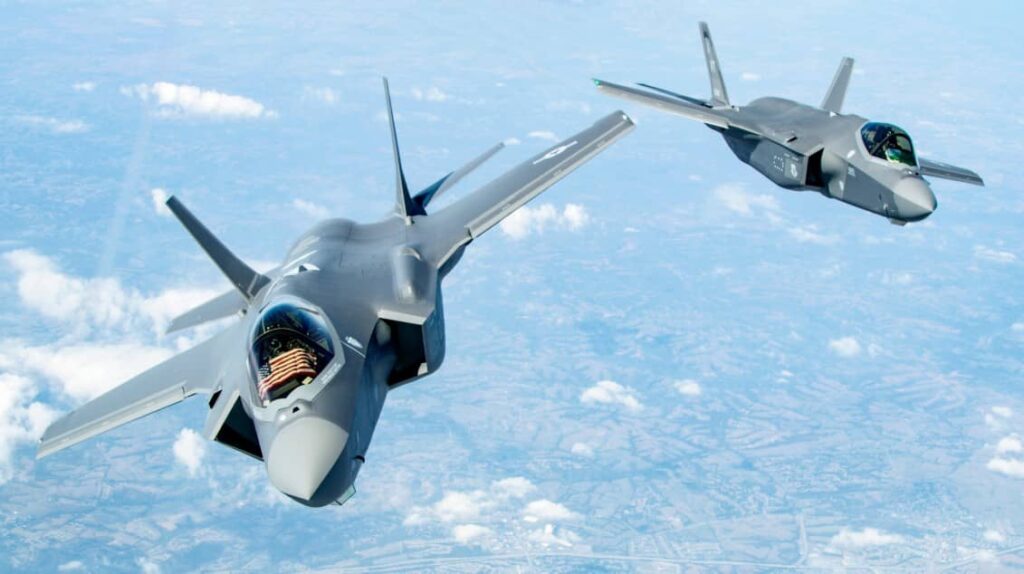US Increases B-2 Spirit Bombers and Adds Another Carrier Strike Group Amid Renewed Friday Strikes on Houthis
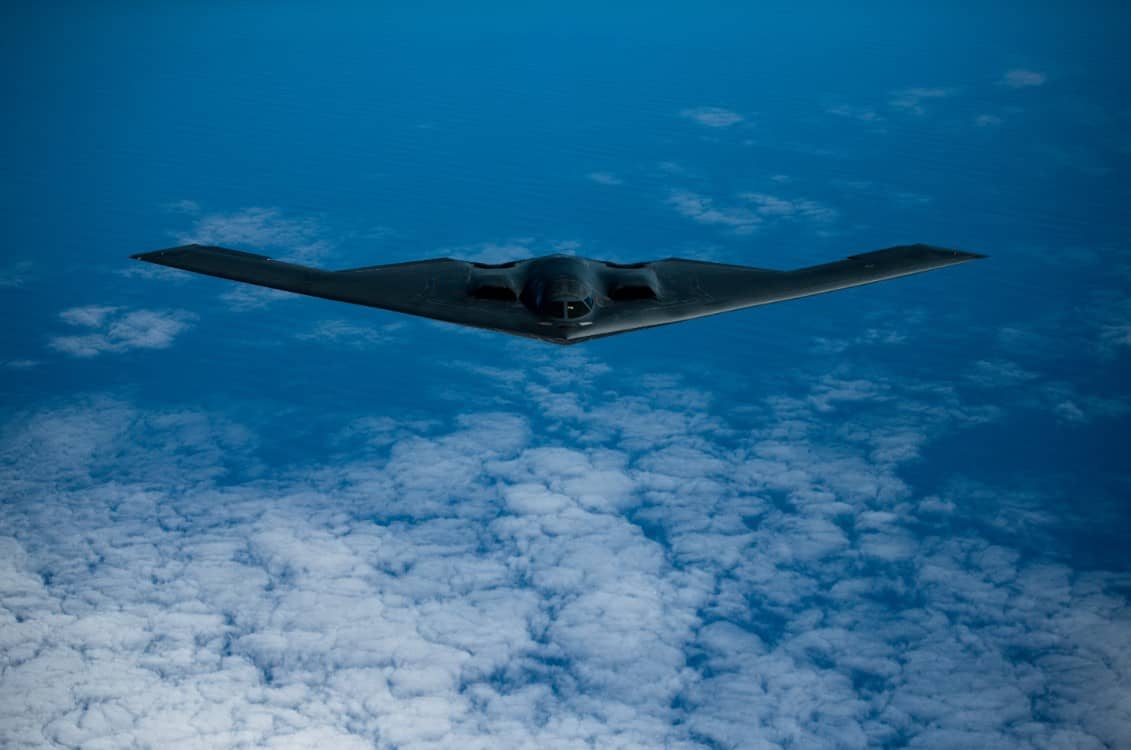
The United States is expanding its military posture in the Middle East, deploying B-2 stealth bombers to Diego Garcia and sending a second aircraft carrier strike group to the Red Sea. The buildup comes as the U.S. intensifies its air campaign against Houthi militants in Yemen and aims to secure critical shipping lanes in the region.
Satellite imagery from Planet Labs published by Haaretz showed at least three B-2 bombers on the tarmac at Diego Garcia, a joint U.S.-UK base in the Indian Ocean, as of late March. Open-source tracking reports and online satellite analysts indicated up to five B-2s may now be stationed at the facility. Social media posts by military observers confirmed the aircraft’s presence on the south apron of the airfield.
🇬🇧🇺🇸Navy Support Facility Diego Garcia🇺🇸🇬🇧
— MT Anderson (@MT_Anderson) March 28, 2025
Sentinel 2📷 from 28 March 2025 of the air base (operating on land leased from our another one of our allies, 🇬🇧🇬🇧)
It would appear that we might have 5x B-2 bombers on the south apron 👀
h/t @tom_bike for the initial post on this pic.twitter.com/bHQOZJ2IeD
In addition to the bombers, at least 10 aerial refueling tankers and seven C-17 transport aircraft have arrived at the base in recent days, likely supporting logistics and personnel movement. B-2 bombers using the callsigns “Abba” and “Pitch” were also tracked over Australia and Hawaii, indicating a coordinated deployment. The movements were reported on in detail by The War Zone.
PITCH11 flt (B-2 Stealth) & PITCH14 wkg BRISBANE CENTRE westbound over Northern Australia this morning after refueling with BUZZ31 flt & BUZZ34 flt (KC-135) 😎💪
— Thenewarea51 (@thenewarea51) March 25, 2025
Audio via @liveatc and tracking via @flightradar24 pic.twitter.com/05FT0PmXR5
Diego Garcia’s strategic location places both Yemen and Iran within range of U.S. airpower. Though the bombers’ mission remains unconfirmed, The Telegraph cited a defense official who said the aircraft were positioned primarily to deter attacks on maritime shipping, rather than to conduct immediate strike missions.
The expansion of long-range assets coincides with a new wave of U.S. airstrikes targeting Houthi infrastructure. Early Friday, U.S. forces struck multiple Houthi-controlled sites across Yemen, including the capital, Sanaa, and the northern provinces of Saada, Marib, al-Jawf, and Hodeidah. Local Houthi media reported at least 24 strikes, with 14 in Saada alone.
Later that day, U.S. Central Command (CENTCOM) confirmed the strikes and released video of what it described as a large-scale precision attack on targets linked to Houthi missile and drone operations. Associated Press footage from Sanaa showed a bomb strike followed by a large plume of smoke rising over the city.
CENTCOM Forces Attack Houthi Positions...#HouthisAreTerrorists pic.twitter.com/6pOZhOmTp6
— U.S. Central Command (@CENTCOM) March 28, 2025
CENTCOM did not provide casualty figures. However, Houthi-run Al-Masirah reported at least seven people injured, including one in Sanaa, and claimed more than 40 locations have been hit since March 15. Houthi officials said at least 57 people have been killed in the broader U.S. campaign. CENTCOM currently holds White House authorization to carry out offensive operations in Yemen without case-by-case approval.
In parallel with the bomber deployment, the USS Carl Vinson Carrier Strike Group is en route to the Red Sea. The group departed Guam on March 28 following a scheduled port visit and is expected to join U.S. operations alongside the USS Harry S. Truman, which has conducted several airstrikes against Houthi targets in recent weeks.
The Carl Vinson group includes the aircraft carrier USS Carl Vinson (CVN-70), Carrier Air Wing 2, cruiser USS Princeton (CG-59), and destroyer USS Sterett (DDG-104). The destroyer USS William P. Lawrence (DDG-110) was last seen operating with the group on March 21 during joint drills with Japan, but its current status is unconfirmed.
Carrier Air Wing 2 brings a diverse set of aircraft, including F-35C Lightning IIs, F/A-18E/F Super Hornets, EA-18G Growlers, E-2D Hawkeyes, CMV-22 Ospreys, and MH-60 helicopters. The group’s arrival in the Red Sea is expected to significantly enhance the U.S. Navy’s strike and surveillance capabilities in the region.
France’s FS Charles de Gaulle Carrier Strike Group is also operating in regional waters. It is currently transiting the Arabian Sea en route to the Suez Canal after a Pacific deployment. While not participating in the U.S.-led air campaign, French forces are contributing to maritime security through the European Union’s Operation Aspides, which is tasked with protecting commercial shipping but prohibits strikes on land-based targets.


